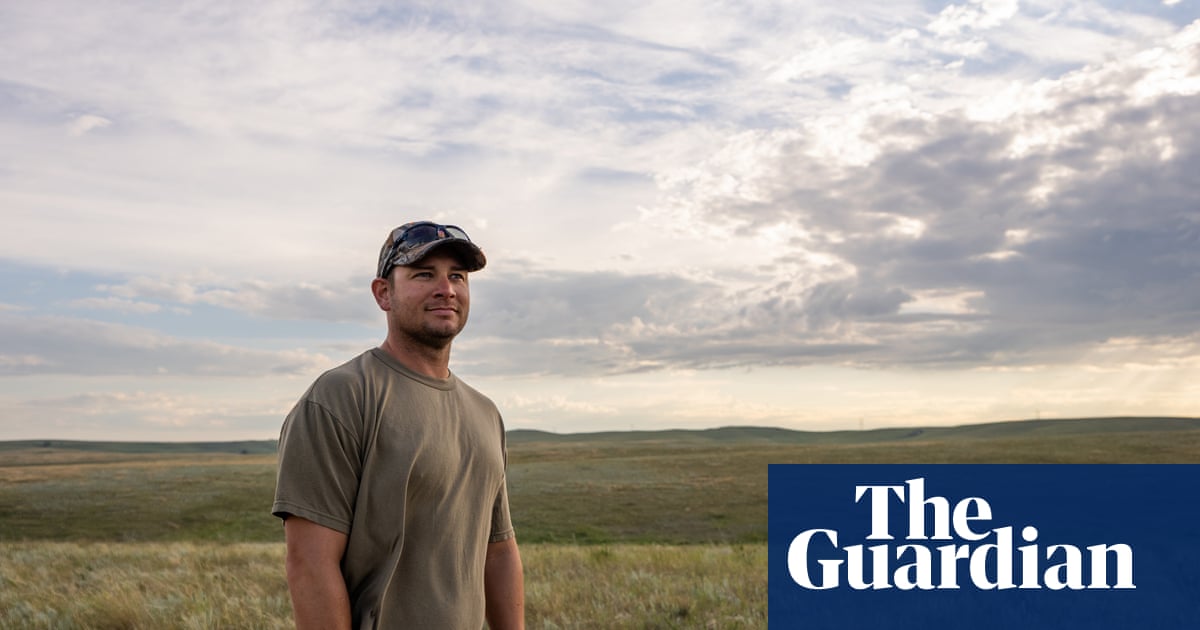
"Like most of South Dakota, Walworth county is built on farming. To the east of Selby, the county seat, vast fields of soybeans and wheat grow between roads that run straight to the horizon. To the west, beyond the county line, the Standing Rock Indian Reservation spreads across miles of rumpled green prairie studded with creamy erratics and dark clumps of trees."
"Like many farming regions, Walworth's deeply conservative population has been steadily declining and aging, from roughly 8,000 in the 1960s to 5,200 today. The grain elevator that towers over Main Street in Selby is among the busiest in the region, but most of the squat brick buildings in its shadow are weathered and lifeless. When the Good Samaritan Society announced it was pulling out of town in 2018, residents collected donations to keep the elder care center open."
"The most immediate economic challenge, however, is the jail. Selby must accommodate prisoners countywide, but its jail was condemned after inmates sued over unsafe conditions. Without the funds to replace it, Walworth spends more than $50,000 a month transporting and boarding prisoners at facilities as far as 70 miles away. Unless you're a farmer, a hunter, or a fisher, there's really nothing to do in this area, said Colton Berens, a 33-year-old US army veteran and fourth-generation farmer."
Walworth County is dominantly agricultural, with expansive soybean and wheat fields east of Selby and the Standing Rock Reservation to the west. The county population declined from roughly 8,000 in the 1960s to about 5,200 today, leaving weathered downtowns and shuttered services. Key local institutions have struggled: an elder care provider exited in 2018, the last grocery closed in late 2023 creating a 73-mile food desert, and a high school closed for lack of enrollment. A condemned county jail forces over $50,000 monthly in prisoner transport costs. A 3,200-acre solar proposal from Doral Renewables promised about $1 million in annual tax revenue.
Read at www.theguardian.com
Unable to calculate read time
Collection
[
|
...
]